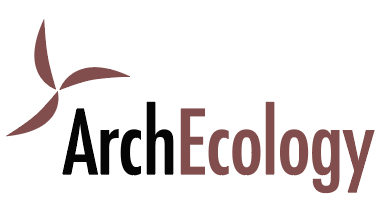The Integrative Process in LEED V4
The Integrative Process, one of the new credits introduced in LEED V4, falls into a category all its own. Unlike many of the other credits that quantify characteristics of the building, the IP is a pre-design practice that serves as an opportunity to perform early intervention on the project’s sustainability goals. The goal of IP is to identify synergies across disciplines and building systems when there is still maximum opportunity to have an impact on design and before too many critical decisions have been finalized. The IP addresses sustainable design considerations that can have an early and lasting impact on energy consumption, water usage and site conditions:
Energy Systems
Required for all BD+C and ID+C projects, the Integrative Process includes the construction of a “simple box” energy model during schematic design. This model allows the design team to explore the energy impact of key parameters, including:
Site conditions
Massing and orientation
Basic envelope attributes
Lighting levels
Thermal comfort ranges
Plug and process load needs
Programmatic and operational parameters
By investigating these features early, the design team can uncover strategies that minimize HVAC and electrical system sizing, incorporating maximum energy efficiency into the design. Team members receive a better sense of the design aspects that have a significant effect on the overall energy consumption, and can focus on the components that require special attention during the forthcoming design process. The energy portion of the IP should influence the project Owner Project Requirements (OPR) and Basis of Design (BOD).
Water-Related Systems
For BD+C projects (and optional for ID+C), the team is expected to perform a preliminary water budget analysis to understand opportunities to reduce potable water loads in the building. This includes an analysis of the following parameters:
Indoor plumbing fixture water demand
Outdoor water demand
Process water demand (kitchen, laundry, cooling tower, etc.)
Supply sources for non-potable water
The analysis is intended to give the design team a better sense of potential water consumption for the design and better means of managing non-potable water available to the site. As with energy, the water analysis should inform the OPR and BOD.
Site
ID+C projects are also required to analyze the potential site selection for sustainable features and the fewest barriers to tenant improvement. The following is taken into consideration:
Building location and site characteristics
Transportation access
Base building features (e.g. HVAC, plumbing fixtures, controls, renewable energy supply)
Parameters that affect occupants well-being, including access to daylight, views to outdoors and indoor air quality
Benefits of the Integrative Process
By evaluating these parameters early, the design team is better able to implement sustainable solutions to their project as they move into design development. Solutions which may otherwise be deemed too costly to redesign late in the process can be baked in at the beginning of the project. It also fosters creativity and allows the design team to consider ambitious ideas before the details have to be put on paper. Besides earning a point, the IP sets up the project properly and opens up opportunities to gain additional points.
To earn the IP credit, it is important to commit to LEED certification early in the process. A LEED consultant like ArchEcology needs to be brought on board before the completion of schematic design so that we can facilitate the Integrated Process meeting and get input from all design team members.


